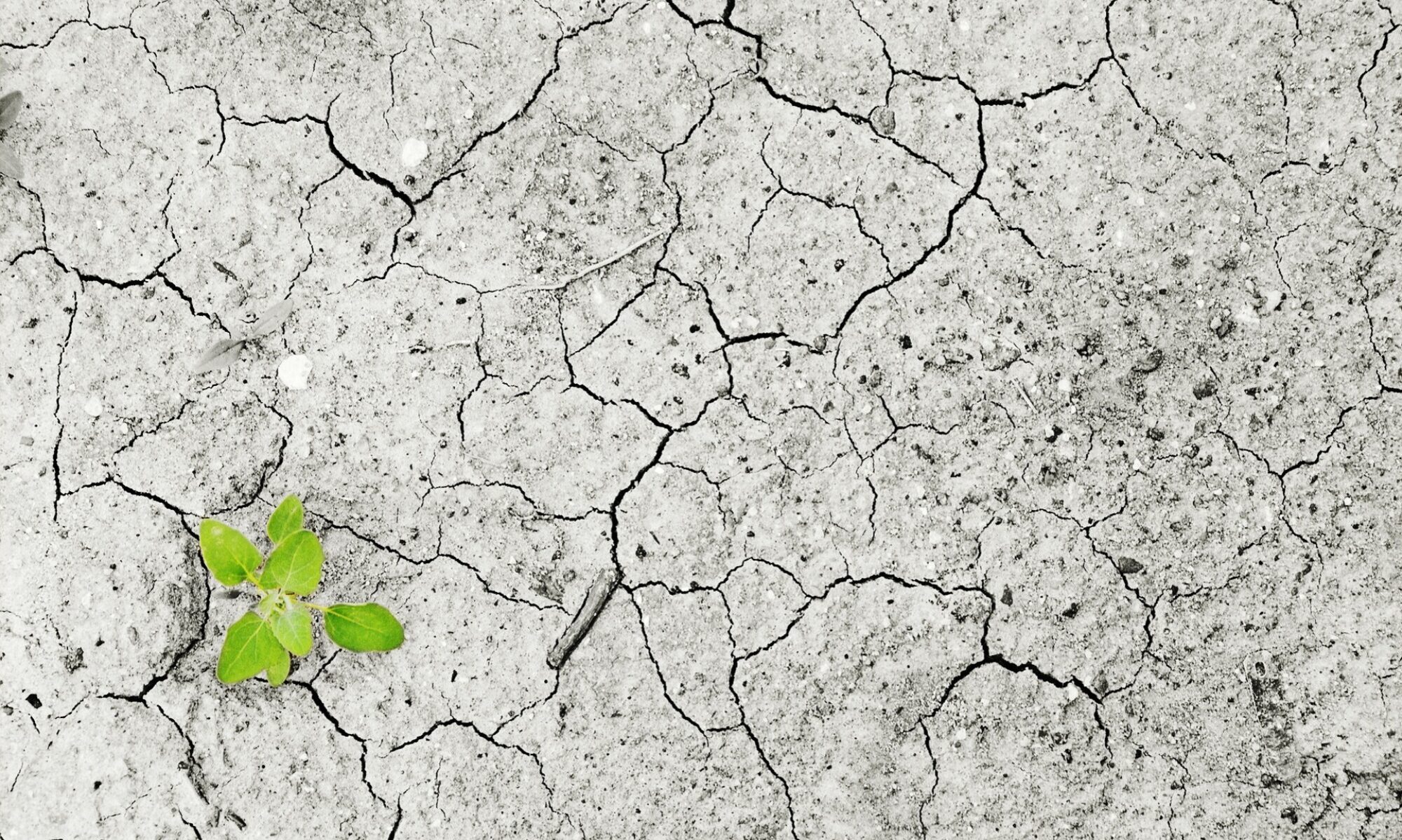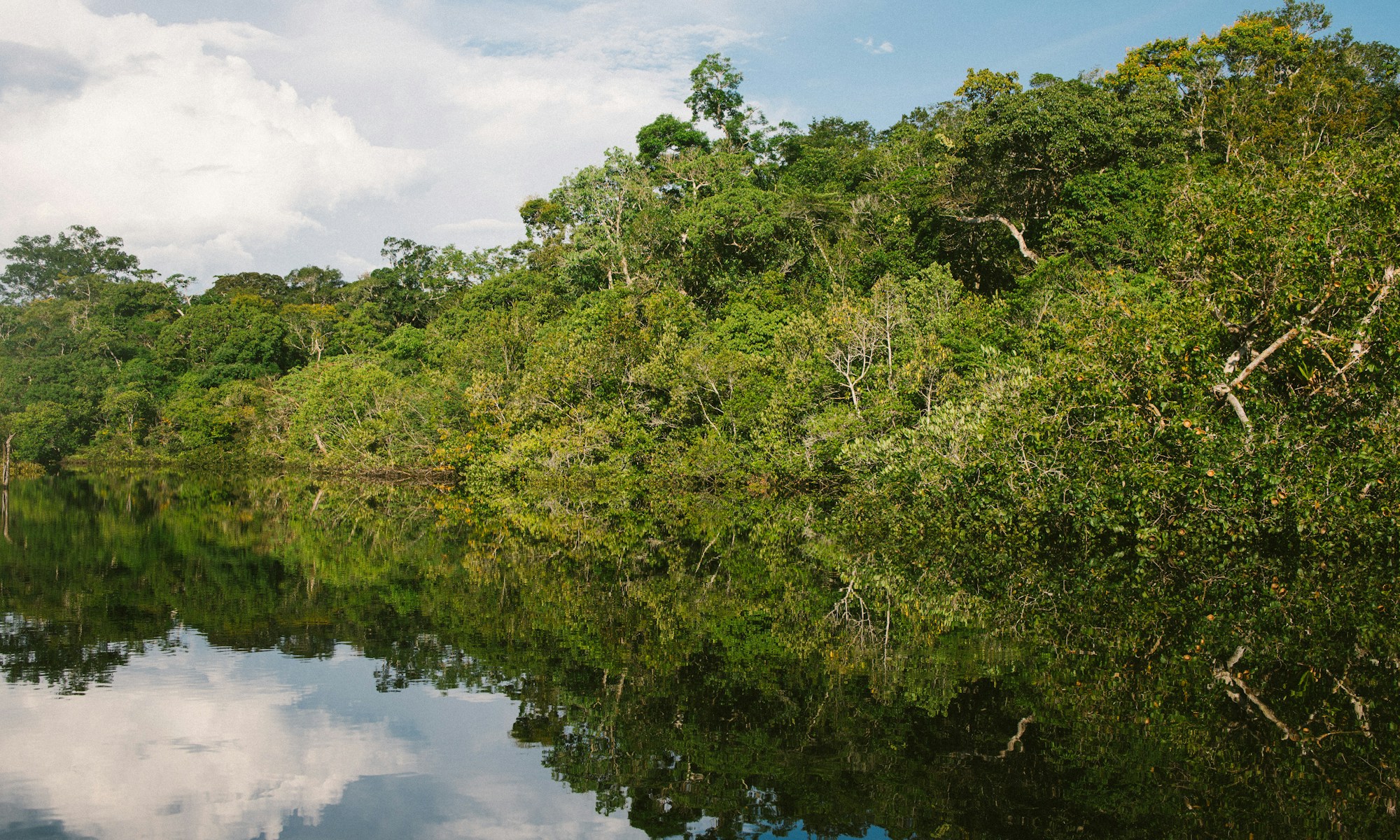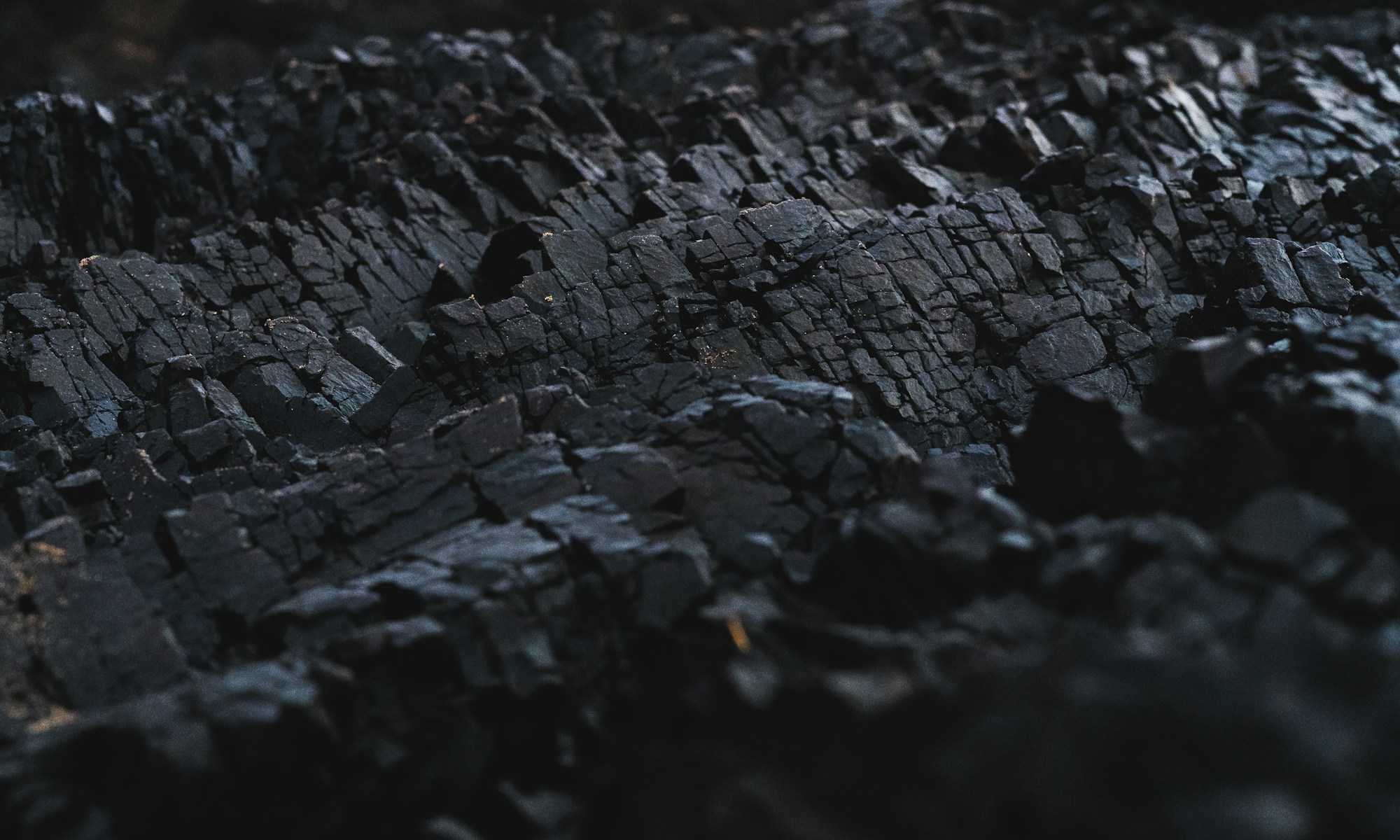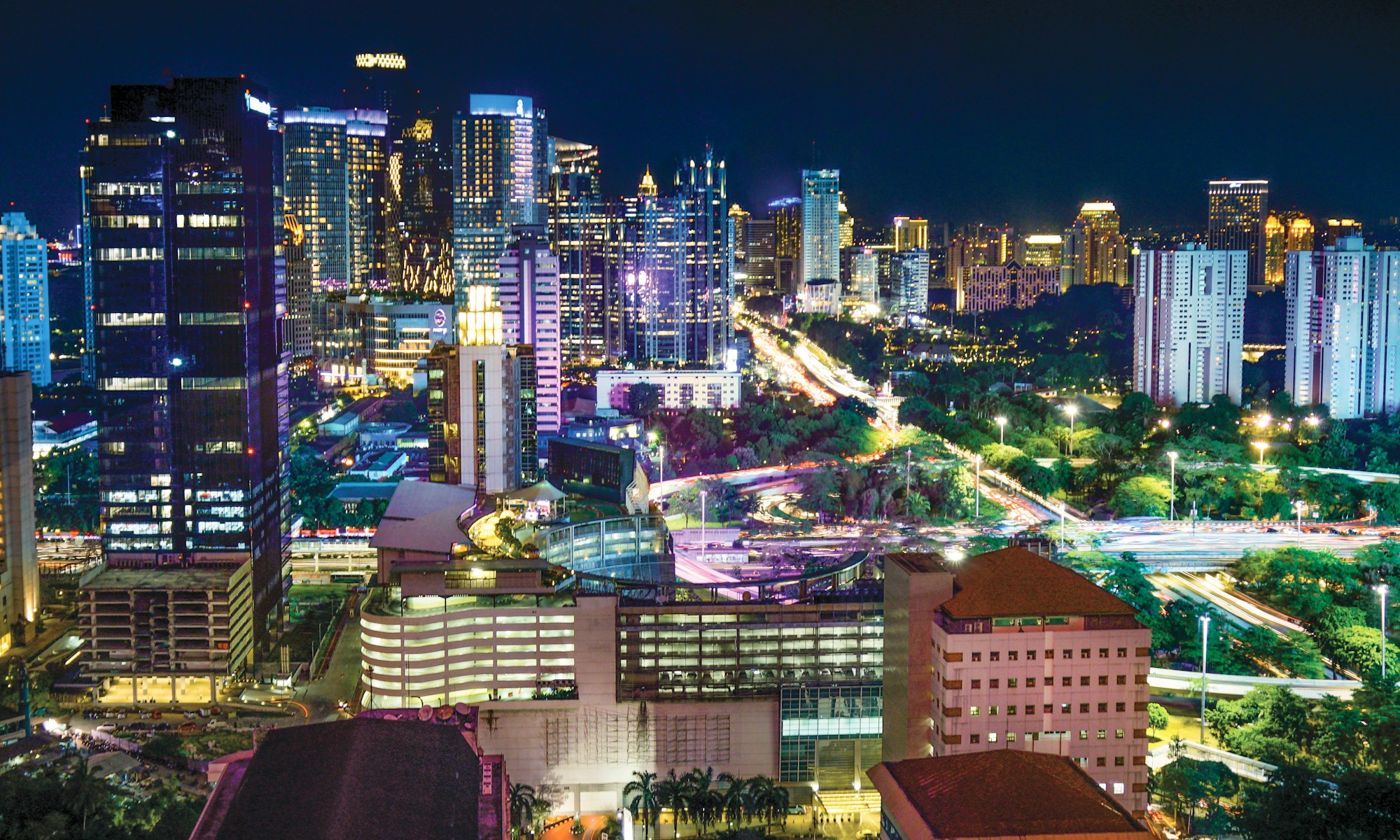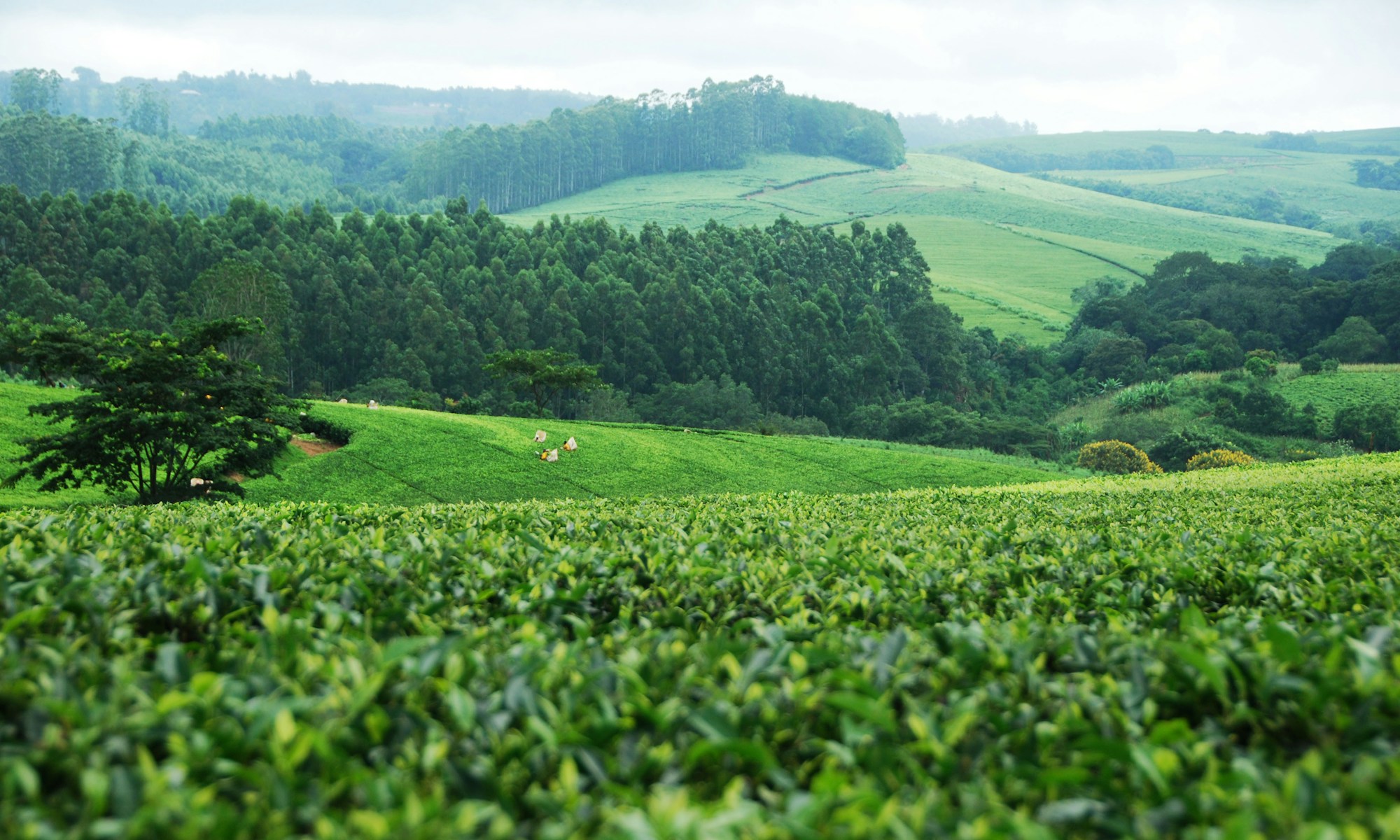27 April 2022 – by Shambhavi Kant
Brazil is home to the largest rainforest in the world, the Amazon, where many Indigenous communities reside. Although deforestation has been rampant in Brazil for decades, it has soared to new heights under the administration of Jair Messias Bolsonaro, the current President. In recent years, he has proposed several controversial laws which would result in further deforestation, irreparably affecting the lives of Indigenous communities across Brazil.
One such proposal which is of particular concern amongst Brazilian and international communities is Bill 490/ 2007. The Bill, which has been sitting before congress since it was proposed by President Bolsarono in 2007, was approved under the Constitution and Justice Committee in June 2021, and is currently pending before the House of Deputies.
The Amazon is home to more than 30 million people in its entirety, including several hundred Indigenous tribes. Research suggests that these communities have lived in the Amazon for around 5,000 years without causing any detectable loss or disturbance to local wildlife. Despite the fact that many Indigenous communities have been impacted in one way or another by outsiders, most continue to live in harmony with the environment through traditional, sustainable ways of utilizing the land.
Many of the other effects of deforestation – including habitat destruction, loss of biodiversity, disappearance of endangered species, loss of the rainforest’s influence on climate, and dampening of its ability to absorb emissions – are relatively well known. However, the devastating impact on Indigenous communities of damaging such precious land is often largely ignored by mainstream media.
This article attempts to shed some light on the discriminatory proposals contained within the above Bill, and, were it to be passed, explore its likely impacts at a human rights level.
Why is Brazil’s 490/2007 Bill So Detrimental to Indigenous Communities?
In pushing for this Bill, President Bolsonaro has argued that Indigenous communities are preventing development of the Amazon. Furthermore, there are several troublesome proposals contained within it which seek to erode the rights of Indigenous communities.
If this Bill were passed, it would prevent Brazil’s Indigenous communities from obtaining legal recognition of their traditional lands if they were not physically present there on October 5, 1988, or if they had not initiated any legal proceedings to claim it by that date. The Constitution of Brazil, on the other hand, recognizes Indigenous peoples’ right to “the lands they traditionally occupy” without any time limits or arbitrary cut-off date.
In addition, the Bill not only prevents Indigenous peoples from claiming additional land in order to expand already demarcated territories, but it also permits the government to remove Indigenous reserves. These reserves are the lands provided to Indigenous peoples by the government to protect their livelihoods and promote their cultural survival, which is especially crucial given that many Native Brazilians live entirely off the local land through a hunting, gathering, and cultivating crops. Under this proposal, the government would be able to eradicate these reserves and repossess land when it believes that it is no longer required for the cultural survival of the Indigenous communities.
What’s more, the Bill also allows the Brazilian government to find energy resources, set up military bases, develop strategic roads, and implement commercial agriculture on protected Indigenous tribal lands, without any prior discussion with the affected peoples. Once again, this deviates from the rights inscribed within the Brazilian Constitution, specifically Article 231(3) which prohibits any mining on Indigenous land without prior consultation with Indigenous peoples. Furthermore, international standards also necessitate effective consultation with Indigenous peoples in good faith to obtain their free consent before approving any project that would affect their livelihoods in any manner. For instance, Article 15(2) of The Indigenous and Tribal Peoples Convention, 1989, to which Brazil is a signatory, requires governments to establish procedures through which they shall consult the Indigenous peoples about the projects in their lands.
Violations of Indigenous Rights Under National and International Law
It is clear that to remove, exploit, or otherwise compromise land owned by and lived on by Indigenous people is not only a violation of national and international law, but also amounts to forcible displacement. Yet it appears that there is no recourse within this Bill for Native peoples to oppose these harmful plans.
President Bolsonaro not only continues to encourage mining and farming on Indigenous protected lands, but has now also approved a cut to the environment ministry budget. The opening up of Indigenous land for commercial agriculture and mining would increase the already rampant deforestation of the Amazon Rainforest, with grave repercussions for not only those whose families and ancestors have lived there for millennia, but also for the planet as a whole.
The demarcation and protection of Indigenous lands is not only important for upholding the rights of Indigenous Brazilians, but is also an effective measure for slowing down deforestation in Brazil. Several studies have shown that measures for securing tribal lands, like demarcation of Indigenous property, are in themselves effective in slowing down rates of deforestation. It is important to note that President Bolsonaro has not approved any demarcation of Indigenous land since January 2019.
Indigenous peoples are dependent on Native lands for their livelihoods and cultural survival. If passed, the Bill would make it impossible for these communities to have their land rights recognized, and would also undermine those rights which are granted to them by the Brazilian constitution, along with international conventions like 1989 The Indigenous and Tribal Peoples Convention. It is hoped that this Bill, particularly its most harmful elements, will be prevented from passing, in order to safeguard the rights of Indigenous people across the Amazon and beyond.
Did you enjoy reading this? Then make sure to read our article on how Brazil’s Supreme Court is backing Indigenous communities in the fight for ancestral territory.

Shambhavi Kant is a third year law student at Rajiv Gandhi National University of Law, Punjab. She is extremely interested in the field of Human Rights and likes to write about similar topics.
Shambhavi also has a profound interest in animal rights protection.
